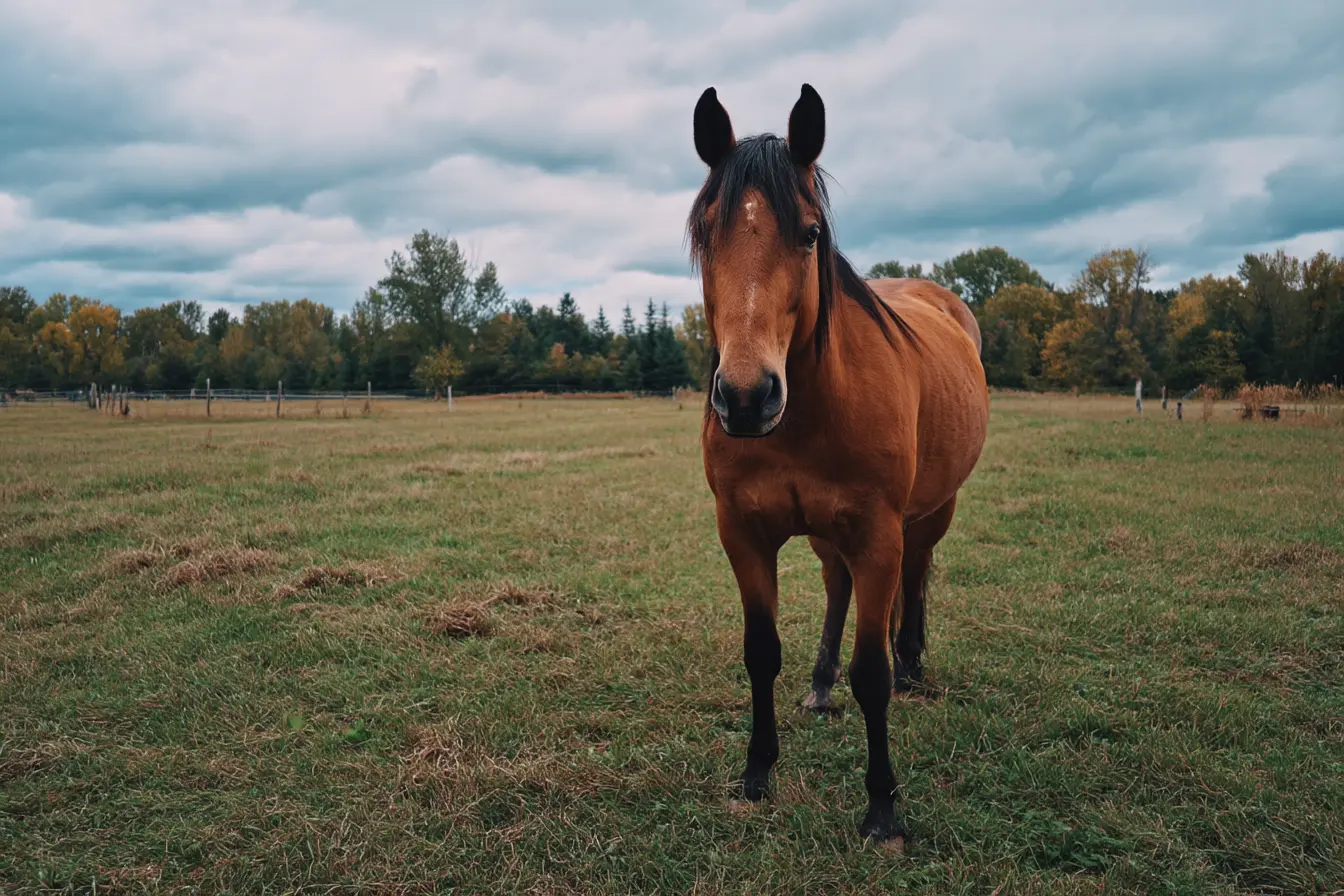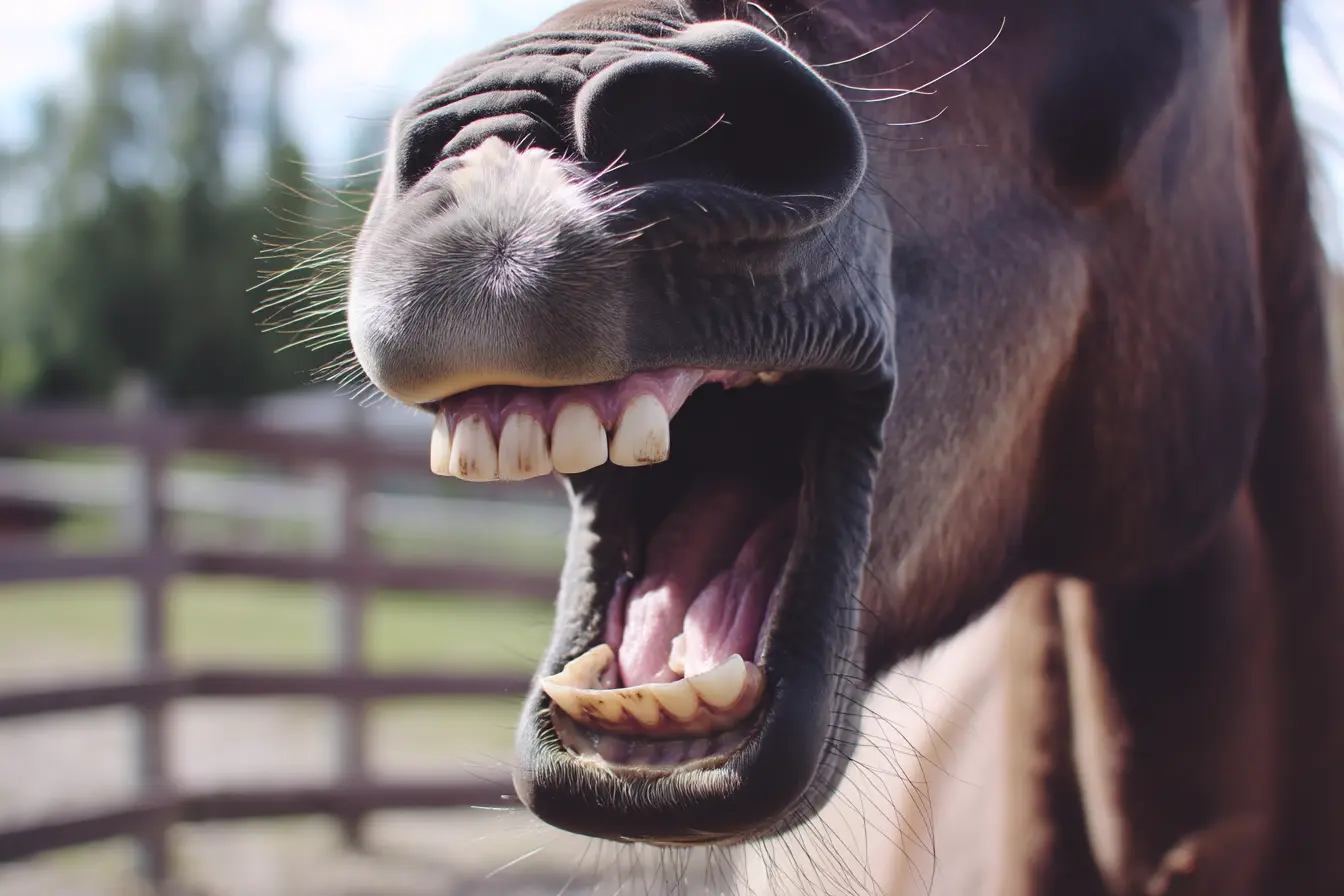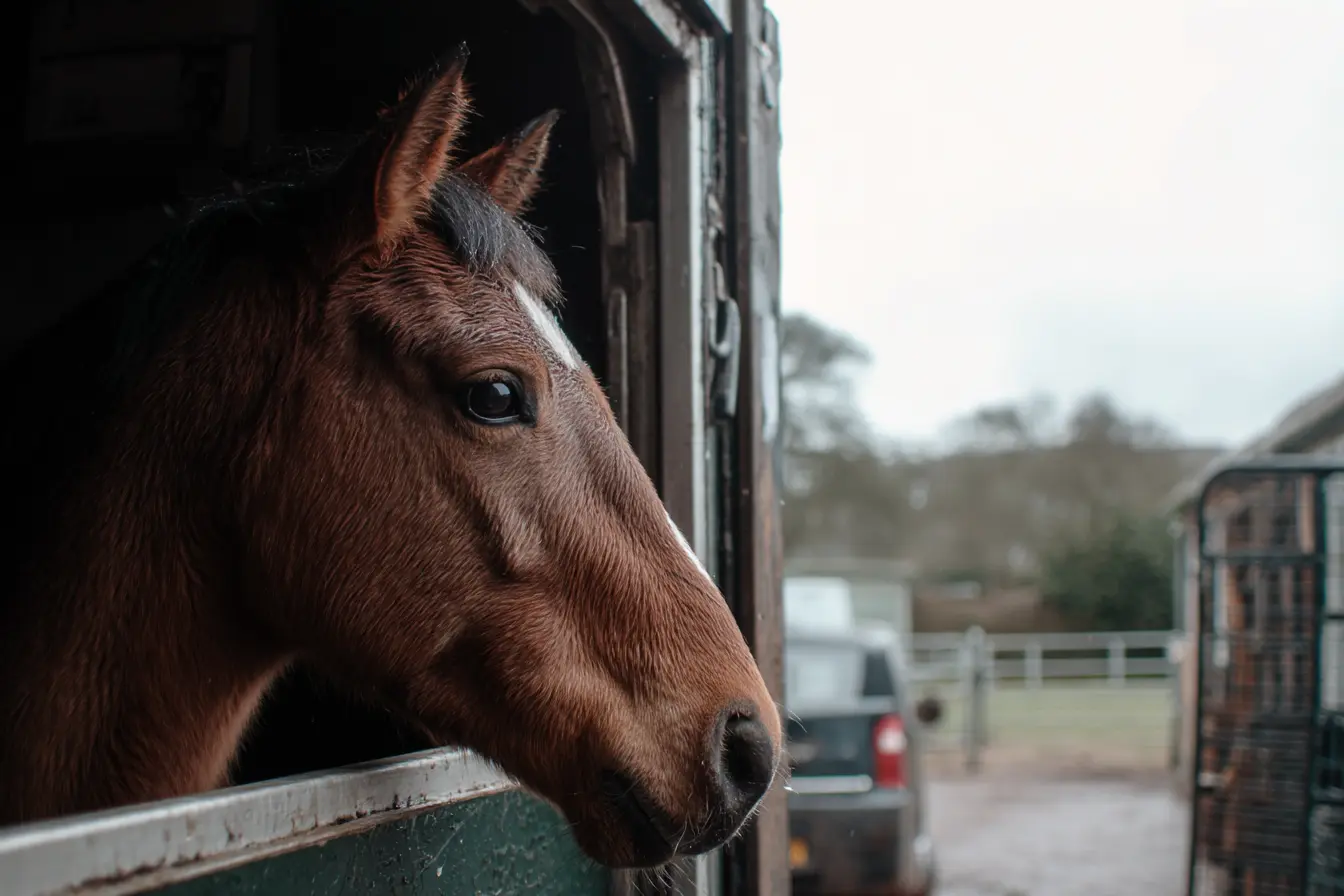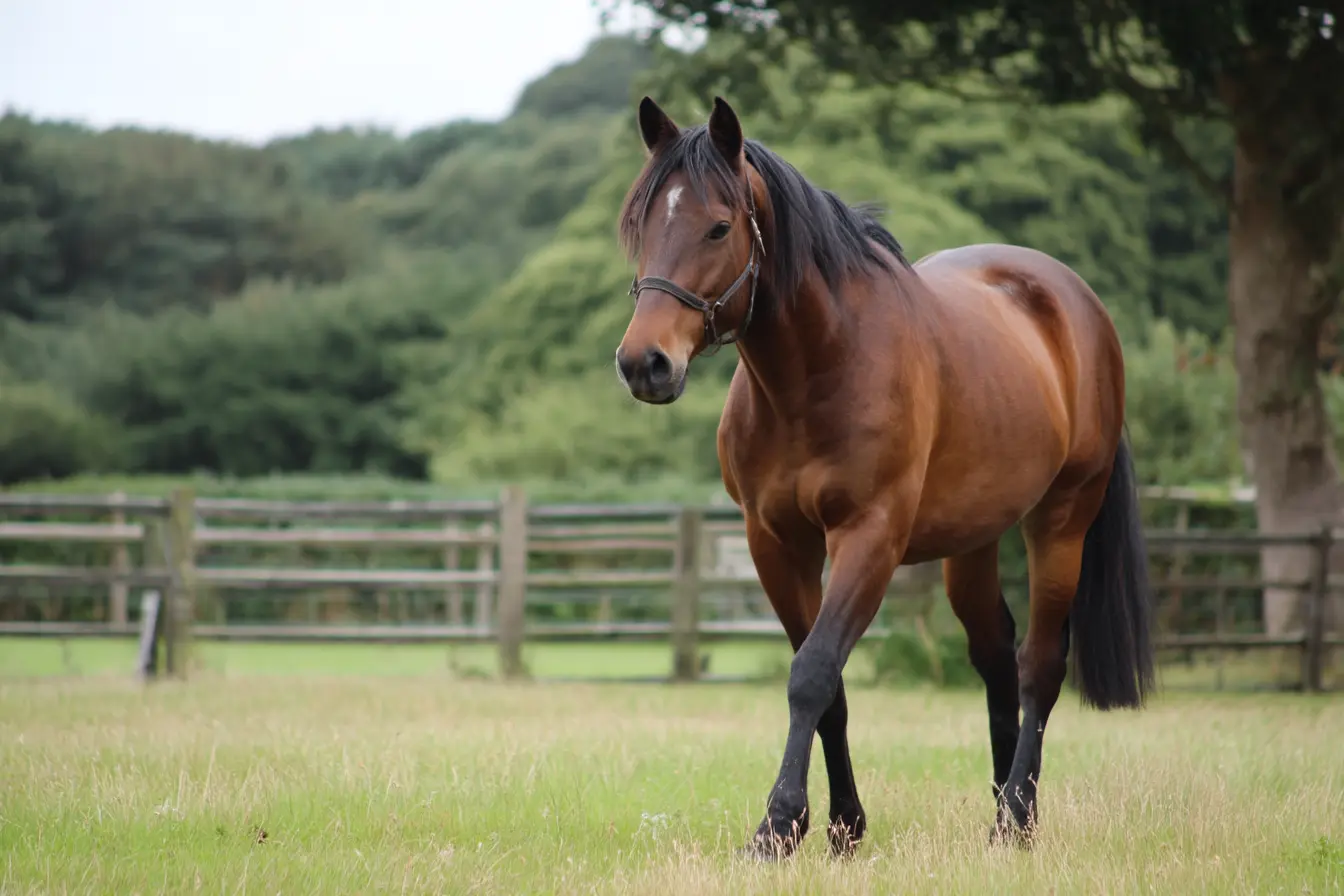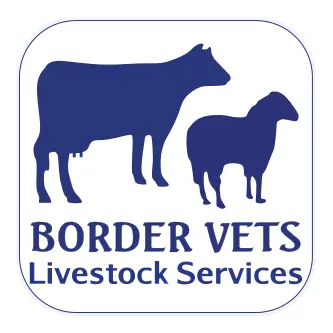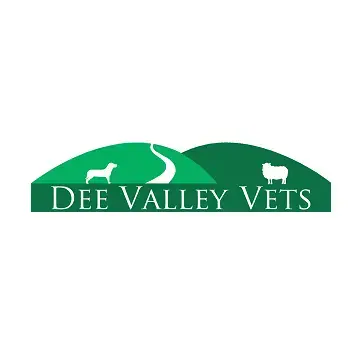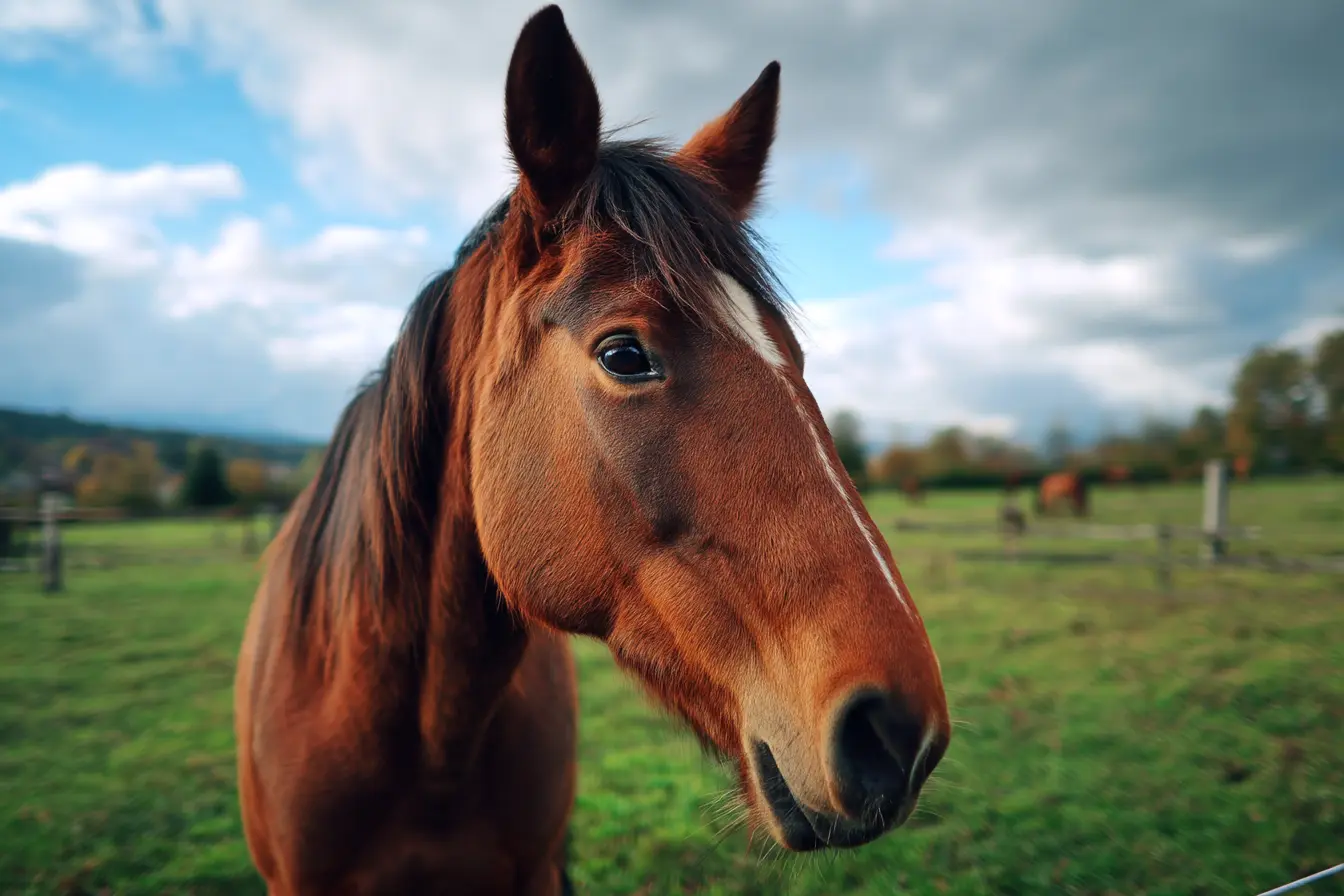
Understanding Colic in Horses: Causes, Signs, Treatment and Prevention
Colic is one of the most common and potentially serious medical emergencies in horses. It refers to abdominal pain, but the term encompasses a wide range of gastrointestinal disorders with varying causes and severities.
While some cases are mild and resolve quickly, others can be life-threatening without prompt veterinary intervention. Every horse owner should understand the signs of colic, the potential causes, and what actions to take in an emergency.
What is colic
Colic is not a disease in itself, but a clinical sign of pain in the abdomen. It can result from a variety of underlying issues within the gastrointestinal tract. The pain may be caused by gas build-up, impaction, twisting of the intestine, or obstruction.
Colic can vary in severity, from mild discomfort to acute surgical emergencies. Early recognition and treatment greatly increase the chances of recovery.
Types of colic
Several types of colic are commonly seen in horses, each with different causes and implications.
Gas colic
Caused by an accumulation of gas in the intestines, often due to fermentation of undigested food. It typically causes bloating and cramping but usually responds well to medical treatment.
Impaction colic
Occurs when feed or foreign material blocks part of the intestine, most often in the large colon. It is often associated with dehydration, poor-quality forage, or inadequate chewing due to dental issues.
Spasmodic colic
Caused by abnormal intestinal contractions or spasms, often linked to dietary changes, stress, or parasites. It is usually mild and responds well to antispasmodic medication.
Displacement or torsion colic
Occurs when part of the intestine moves to an abnormal position or twists (torsion), cutting off blood supply. This is a surgical emergency and can be fatal if not treated immediately.
Sand colic
Results from the ingestion of sand or dirt, which accumulates in the intestines and causes irritation, inflammation, or blockage. More common in sandy areas or where horses feed on bare ground.
Enteritis or colitis
Inflammation of the small or large intestine, often caused by infection or toxins. Horses may present with colic and diarrhoea, and the condition can become critical rapidly.
Signs of colic
Recognising the signs of colic early is crucial. Some horses show obvious symptoms, while others are more subtle. Common signs include:
- Pawing at the ground
- Rolling or attempting to roll repeatedly
- Looking at, biting or kicking at the flanks
- Restlessness or frequently lying down and getting up
- Stretching as if to urinate
- Reduced or no appetite
- No faecal output or dry, hard droppings
- Sweating and increased heart rate
- Dullness, depression, or rapid breathing
Not all horses exhibit every sign. Any unusual behaviour should be treated seriously, especially in horses known to have a high pain tolerance.
What to do if your horse has colic
If you suspect your horse has colic:
- Call your vet immediately. Time is critical, and only a vet can determine the severity of the colic and the appropriate treatment.
- Remove all feed but allow access to clean water.
- Keep the horse calm and walking, if it is safe to do so. Gentle walking may help relieve gas and prevent rolling, but do not force an exhausted horse.
- Do not administer any medication unless instructed by your vet.
- Avoid letting the horse roll excessively, as this can worsen certain types of colic (e.g. torsion), but do not put yourself at risk trying to prevent it.
Provide your vet with information about the horse's symptoms, behaviour, feed intake, faecal output, and any recent changes in management.
Diagnosing colic
Diagnosis usually begins with a thorough physical examination, including:
- Monitoring heart rate, respiratory rate, and temperature
- Listening to gut sounds with a stethoscope
- Rectal examination to feel for impactions or displacements
- Nasogastric intubation to check for reflux or gas
- Blood tests to assess hydration, infection, and organ function
- Abdominal ultrasound or radiographs in more complex cases
Treatment options
Treatment depends on the cause and severity of the colic. Common treatments include:
- Pain relief with anti-inflammatory drugs (e.g. flunixin)
- Sedatives to reduce stress and movement
- Nasogastric tubing to administer fluids, electrolytes, or mineral oil
- Intravenous fluids for hydration and electrolyte balance
- Surgery in cases of torsion, displacement, or unresolved impactions
Surgical colic has a variable prognosis depending on how early it is caught and the horse's overall health. Many horses recover fully, but some may face a long rehabilitation or complications.
Preventing colic
While not all colic can be prevented, good management greatly reduces the risk. Key preventative measures include:
- Provide consistent, high-quality forage and avoid sudden changes in feed
- Ensure constant access to clean, fresh water
- Maintain regular dental care to allow proper chewing
- Feed smaller meals more frequently, especially grain
- Allow regular turnout and movement to promote gut motility
- Keep stress to a minimum and introduce changes (feed, turnout, work) gradually
- Use a slow-feed haynet to simulate natural grazing
- Deworm strategically based on faecal egg counts
- Avoid feeding on sandy ground or use mats if in sandy environments
Colic in older horses
Senior horses may be more prone to colic due to reduced dental function, decreased gut motility, or conditions like lipomas (fatty tumours that can cause strangulating obstructions). Extra care and regular monitoring are advised.
Conclusion
Colic is a serious and sometimes life-threatening condition, but early recognition, prompt veterinary care, and diligent management can make all the difference. As a horse owner, knowing the signs, having a plan, and keeping up with preventative care can help you act quickly and potentially save your horse’s life.
If in doubt, always contact your vet—when it comes to colic, it’s better to be safe than sorry.
Related Vets
Vets near you
Speciality vets
- Aquatics vet specialists
- Birds vet specialists
- Camelids vet specialists
- Cats vet specialists
- Cattle vet specialists
- Deer vet specialists
- Dogs vet specialists
- Equines vet specialists
- Exotic vet specialists
- Goats vet specialists
- Pigs vet specialists
- Poultry vet specialists
- Sheep vet specialists
- Small Mammals vet specialists
- Wild vet specialists
